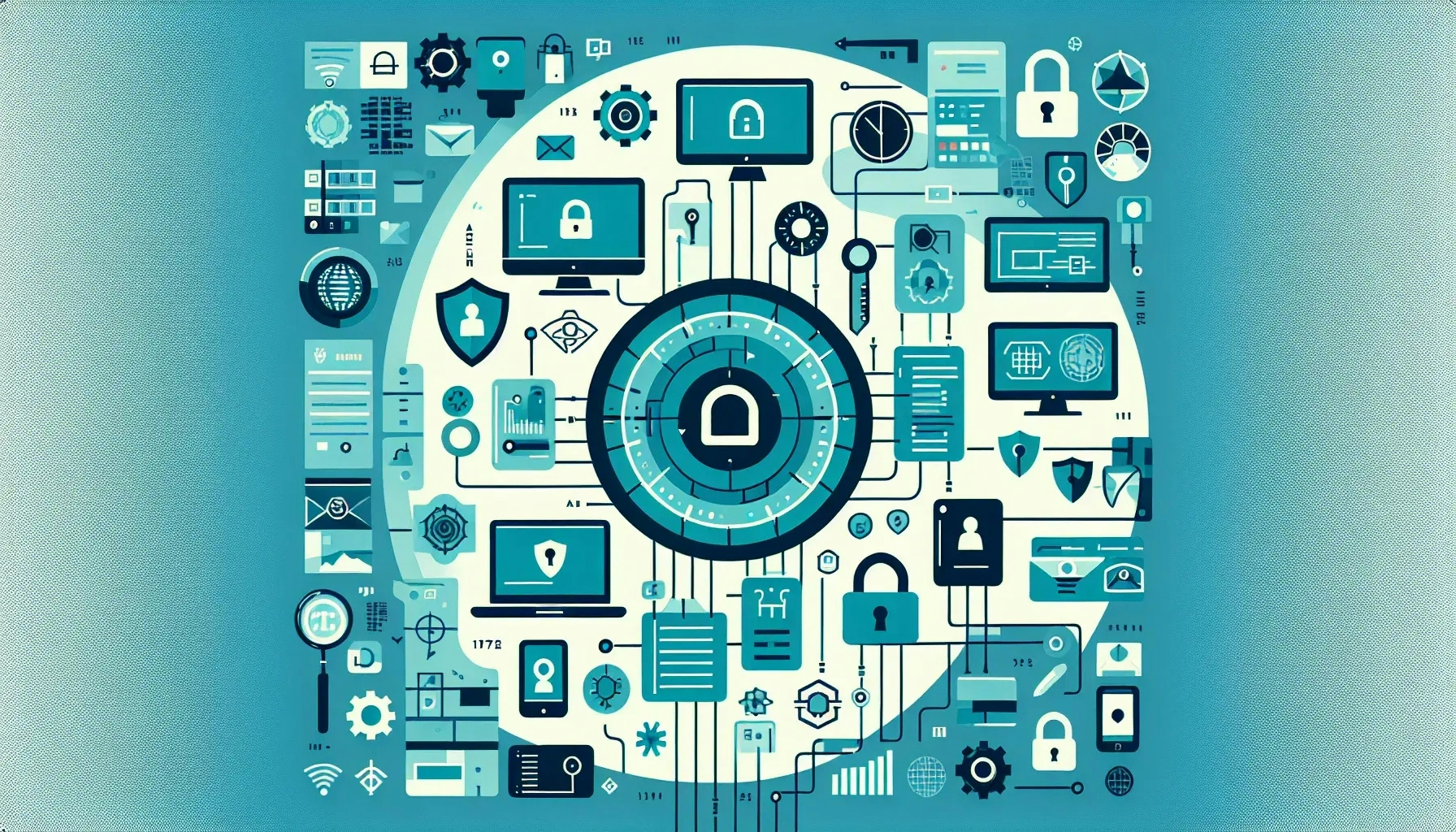In the digital age, network security has become a paramount concern for businesses and individuals alike. This blog post aims to shed light on the best practices for network security, offering insights into how you can protect your data and systems from potential threats. We will delve into various aspects of network security, from understanding the basics to implementing advanced strategies.
Understanding Network Security
Network security is a broad term that encompasses various strategies and techniques designed to protect the integrity of your network and data. It involves both hardware and software technologies that work together to prevent unauthorized access, misuse, malfunction, modification, or denial of a computer network and network-accessible resources.
Network security covers a multitude of threats, from malware and phishing attacks to data breaches and denial of service (DoS) attacks. It's a dynamic field that continually evolves to counter new threats as they emerge. Therefore, staying updated with the latest network security practices is essential for maintaining a robust defense against cyber threats.
A robust network security system consists of multiple layers of protection. Each layer implements policies and controls. Authorized users gain access to network resources, but malicious actors are blocked from carrying out exploits and threats.
Importance of Regular Updates and Patches
One of the fundamental practices for maintaining network security is ensuring your systems are up-to-date. Regular updates and patches are vital for keeping your network secure. They often include fixes for security vulnerabilities that hackers could otherwise exploit.
Software developers continually work on improving their products, which includes patching any security holes. By neglecting to install these updates, you leave your systems vulnerable to attacks. Therefore, it's crucial to have a system in place for regular updates and patches.
Moreover, it's not just your operating systems and software that need regular updates. Your network hardware, such as routers and firewalls, also need to stay updated to protect against potential threats.
The Role of Firewalls in Network Security
Firewalls play a crucial role in network security. They serve as the first line of defense against cyber threats by controlling the incoming and outgoing network traffic based on predetermined security rules.
A firewall can either be hardware, software, or a combination of both. It works by establishing a barrier between your internal network and incoming traffic from external sources (such as the internet) to block potential threats.
Firewalls alone, however, are not enough to fully secure a network. They should be used in conjunction with other security measures to provide a comprehensive security solution. For instance, combining a firewall with an intrusion prevention system (IPS) can significantly enhance your network's security.
Implementing Strong Access Controls
Access control is another crucial aspect of network security. It involves ensuring that only authorized individuals have access to your network and data. Implementing strong access controls can significantly reduce the risk of unauthorized access to your network.
There are various methods for implementing access controls. One of the most common is the use of strong, unique passwords. However, passwords alone are often not enough to secure access to sensitive data and systems.
Therefore, many organizations are now implementing multi-factor authentication (MFA). MFA requires users to provide two or more verification factors to gain access to a resource, such as a network or database. This adds an additional layer of security, making it more difficult for unauthorized users to gain access.
Regular Network Monitoring and Auditing
Regular network monitoring and auditing are also essential for maintaining network security. These practices involve continuously observing your network for any unusual activity or anomalies that could indicate a security threat.
Network monitoring can help you identify potential threats before they can cause significant damage. It involves collecting data about your network's performance and analyzing it to detect any signs of a security breach.
On the other hand, network auditing involves conducting regular reviews of your network's performance to identify any potential vulnerabilities. This can help you identify areas where your network's security could be improved.
The Importance of Employee Training
Last but not least, employee training is a critical component of network security. Many security breaches occur as a result of employee error, such as falling for phishing scams or using weak passwords.
Therefore, it's essential to provide your employees with regular training on network security best practices. This should include training on how to recognize and avoid potential threats, as well as how to respond in the event of a security breach.
Securing Your Network: A Continuous Endeavor
In conclusion, network security is not a one-time task but a continuous endeavor. It involves staying updated with the latest threats and implementing the best practices to counter them. By understanding the basics of network security and implementing the strategies discussed in this blog post, you can significantly enhance your network's security and protect your data from potential threats.

